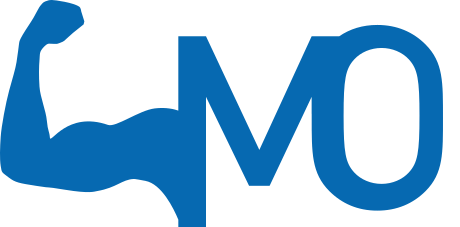Stretching your calf muscles is not only good to improve flexibility, but also increases the blood flow to the calf muscles. Consequently, this may result in a better recovery of a mechanical complaint. However, always ask your healthcare professional for advice on whether this foot exercise is good for you.
Always consult a therapist first, to determine if this low back exercise is good for you. If you don't have a therapist yet, please find one near you by using our therapist map.
Special note: This stretching exercise focuses on the calf muscles. The calves are located on the back of the lower leg and consists of two muscles; the gastrocnemius and soleus muscles. This exercise gives a little stretch to the calves, resulting in better blood flow and improved muscle function.
List of conditions which can benefit from this exercise
A diagnosis or exercise prescription for the following conditions should only be given by a medical doctor or your healthcare professional . This list has merely been provided to discuss with your therapist.
- Achilles tendinitis
- Achilles tendinosis
- Calf muscle strain
- Mechanical foot complaints
- Mechanical ankle complaints, ankle sprain, ankle strain, ankle ligamentous tear.
General tips for ankle and foot exercises
- Foot, ankle or calf pain: Pain is a warning signal, never ignore pain. If you experience pain while exercising please consult your healthcare professional for advice.
- Calf pain: calf pain could also be from a non-muscular origin. In doubt please contact your doctor.
- Warming up: This calf exercise should preferably not be done the first 15 minutes of getting out of bed in the morning.
- Speed: Do not hurry, do this exercise slowly. Exercise both calves. This makes it easy to compare the injured calf with the non-injured calf.
- Stretch carefully: When you feel a stretch of the muscle, do not go any further. Overstretching the calf muscle may worsen your foot complaint.
- Stay alert: Think about the 'doing' of the exercise rather than performing the exercise automatically.
- Prevention: Do a proper warm up and stretch gently before doing exercises or sports. Make sure you run on flat surfaces. Try to avoid exercising or playing sports when you are in pain or when you are tired.
- RICE: For minor sprains or strains, the following abbreviation advice can be applied as a treatment: RICE: Rest, Ice, Compression and Elevation. Always consult your doctor or healthcare professional first before doing any exercise.


